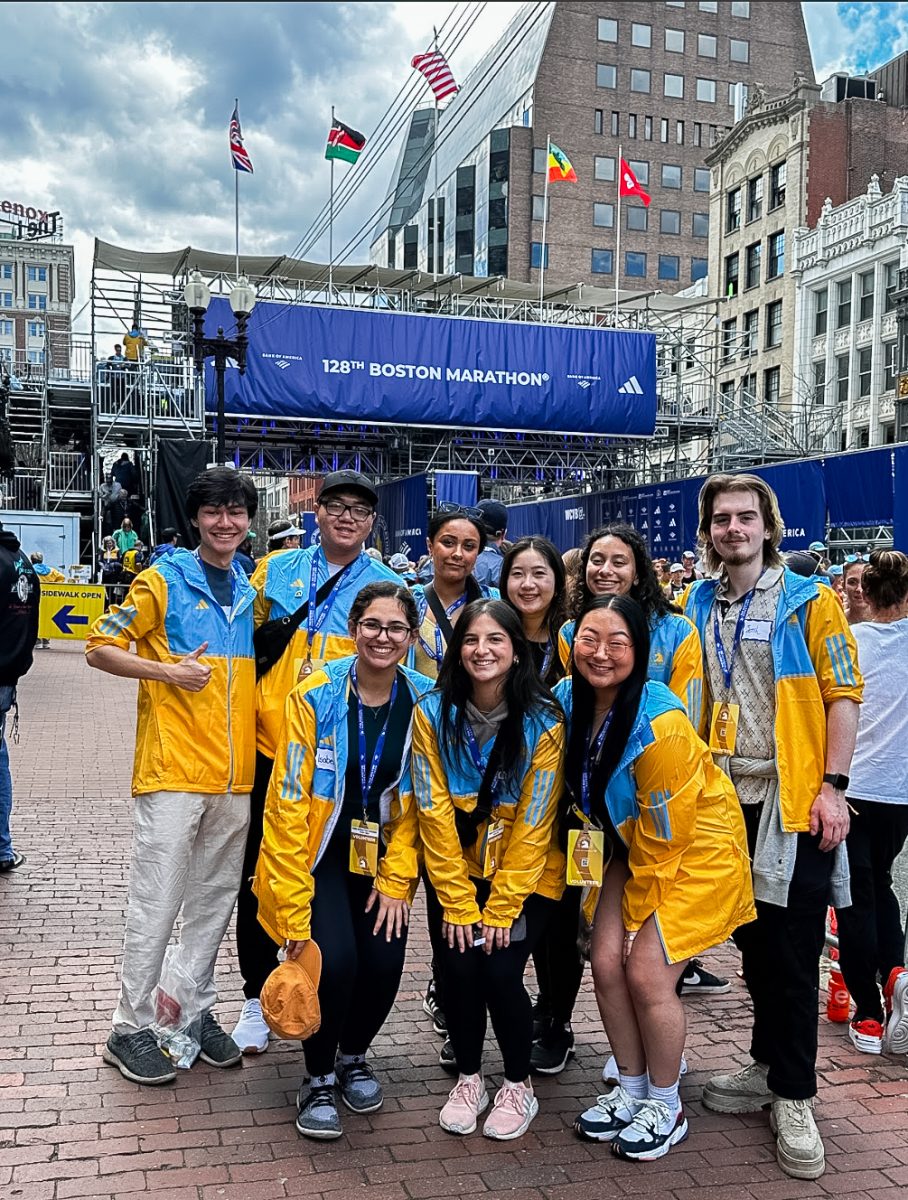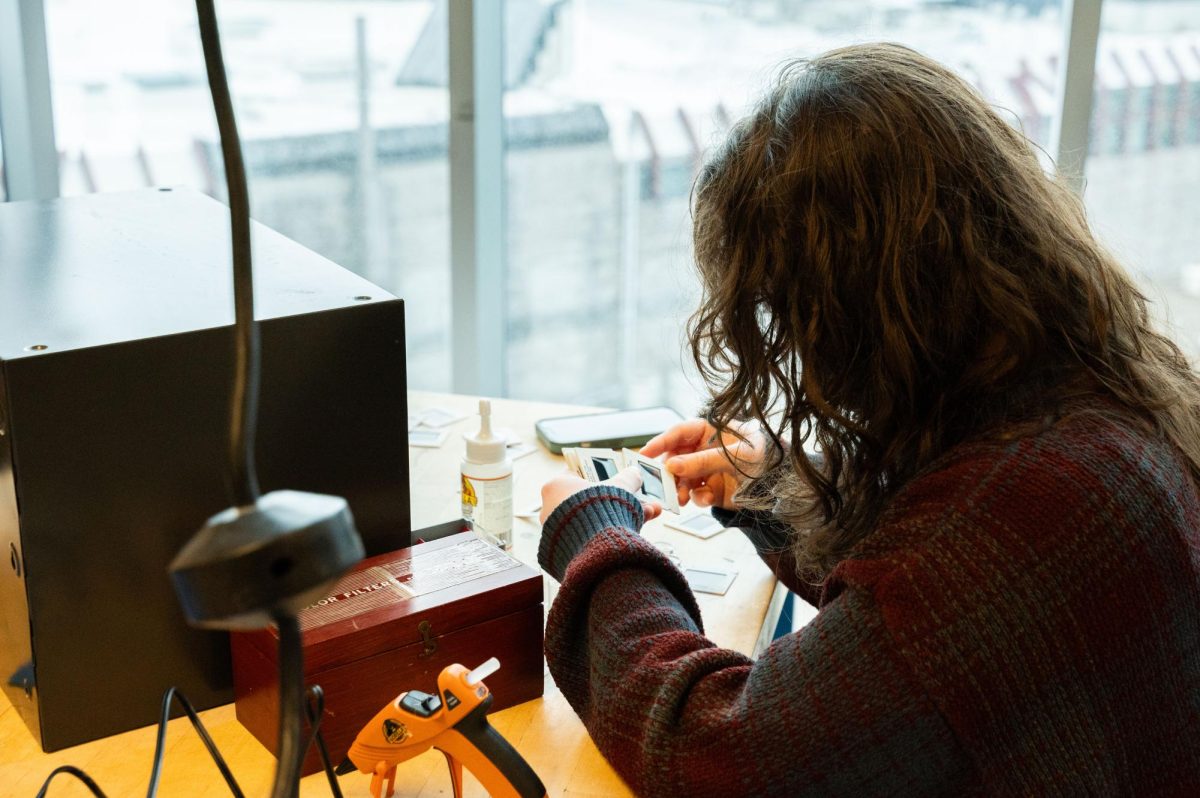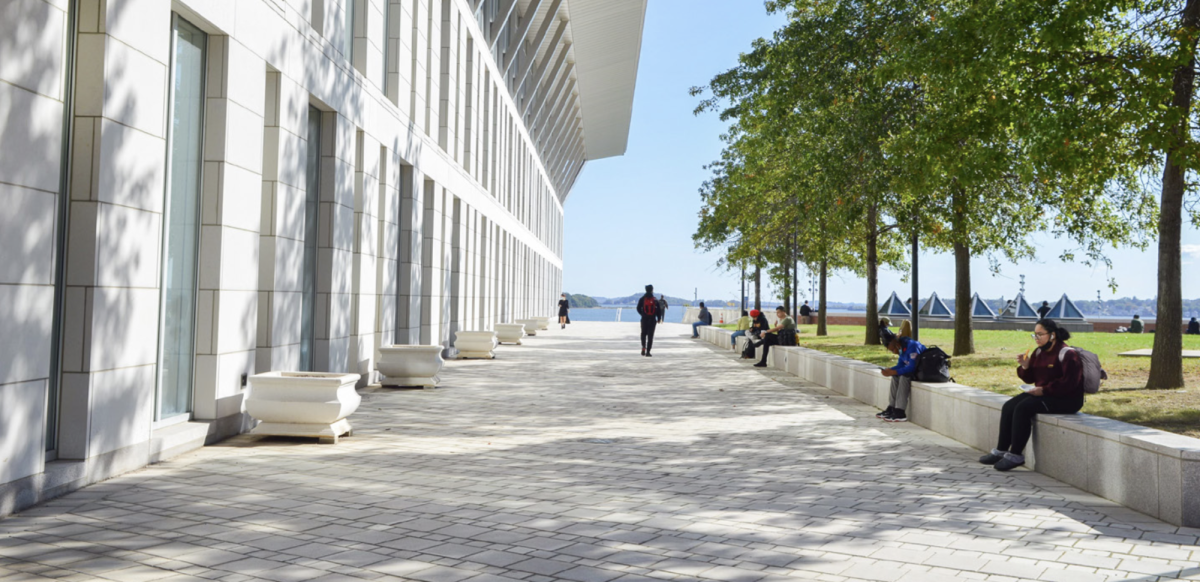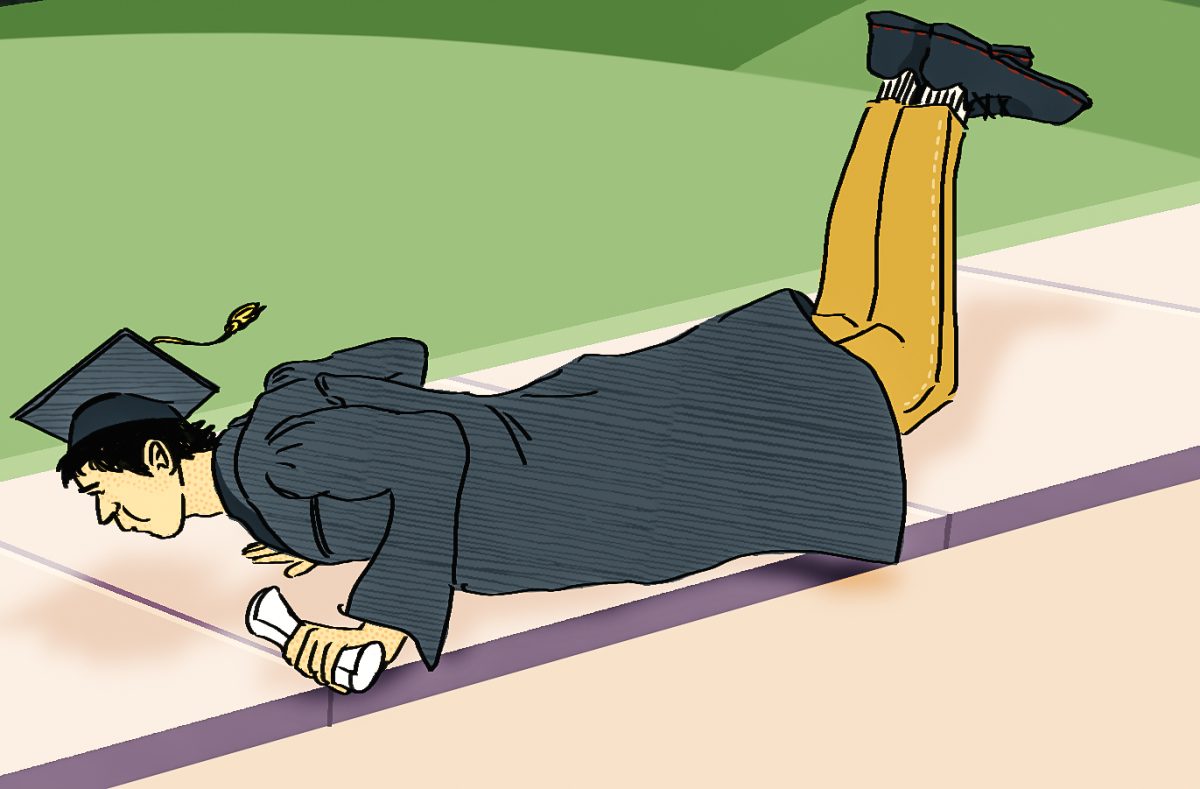Like No Anatomy Class You’ve Ever Seen
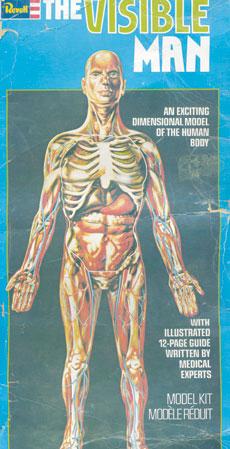
September 12, 2006
Boston’s Museum of Science has recently become an anatomy professor’s ultimate paradise. Gunther von Hagen’s Body Worlds 2: The Anatomical Exhibition of Real Human Bodies has come to town. The exhibition is exactly what the title says it is: an anatomical exhibition of real human bodies. In 1977 German scientist Dr. Gunther von Hagen invented the process of plastination. Plastination is a process used to preserve deceased tissue for educational purposes. Bodily fluids and soluble fat are extracted from the body and replaced with reactive resins and elastomers, then cured with light, heat, and gases to make it permanent. This process allows one to see the human body as never before. In layman’s terms, this process allows us to see exactly what goes on underneath our skin.
The exhibit is made up of around 200 different anatomical specimens. Each specimen is of a real human body. These are the bodies of men and women who have donated themselves to be plastinated and used for educational purposes. The exhibition is broken into different areas for the different systems of the human body: locomotive, nervous, respiratory, cardiovascular and circulatory, digestive, urinary and reproductive. An area is also devoted to prenatal development. Each area of the exhibit features bodies that have been constructed to emphasize the specific elements of that particular bodily system.
The Locomotive System features cross sections of bones and joints. In this section we find a very familiar specimen of a skeleton, much like we would see in a high school science classroom. In this section we also find something much less familiar looking. One “person” is made up only of the man’s muscles and the other “person” is made up of that same man’s skeleton. The locomotive section illustrates the system of the body, muscles, bones, ligaments, tendons, which allow us to move throughout our environment.
Next we move on to the Nervous System. Here we find slices of the brain that show the intricacies of the interior brain. This section includes “Man at Leisure,” a full body plastinate of a standing man leaning back with his hands behind his head, this exposes the nerves of the upper body. Here we also find a plastinate in one of the most familiar poses in the entire exhibit. “The Ponderer” is sitting in the same position as Rodin’s famous sculpture “The Thinker”, this position allows the viewer to track the intricate system of nerves that emanate from the spinal cord.
The Respiratory System is one of the most confrontational sections of the exhibit. Here the viewer is shown the effects of smoking on the body. A series of lungs is shown, the white of a healthy non-smoker’s lung, the blackened smoker’s lung, and the charred coal miner’s lung. A partial body shows a shriveled and shrunken cancerous lung. This section is meant to show the viewer the unseen consequences of smoking on the body and to allow them to make their own decisions based on the information.
The Cardiovascular and Circulatory System is one of the most dramatic areas of the exhibit. This area features various body parts, as well as a full lamb made up only of arteries. The rest of the body, bones, muscles, skin, fat, have been removed and only thin red tubes of arteries are left. Here we find a head, brain, leg, spleen, and lamb, all in the same shape we would expect them to be, but made up of only thin red lines.
The next are is the Digestive System. Here there are plastinated livers, stomachs, pancreases, large and small intestines. This area shows the way the body’s organs work to break down food into nutrients for use by the cells. The most spectacular plastinate in this section, and possibly the entire exhibit, is the “Camel with Baby Camel.” This is included in order to show the complexity of the camels digestive system. Camels, like cows, are ruminants meaning they have several different chambers in their stomachs, each one utilizing different muscles and chemicals to break the food down. The plastinate is open to reveal the different chambers of the stomach.
Around the corner, hidden from the rest of the exhibit, is a section on Fetal Development. This section features preserved placentas, embryos from the 4th through the 8th week of pregnancy, and fetuses from the 19th through the 28th week of pregnancy. There is also a full body plastinate called “Woman in the 5th Month of Pregnancy.” Here the viewer is given a small opening in the uterus, which reveals a 17cm fetus still in the womb.
The last major section of the exhibit is dedicated to the Urinary Tract and Reproductive Organs. Here we are shown plastinates of intestines, spleens, kidneys, and rectum, all organs used in our body’s system of waste disposal. Here we also see some examples of cancers effects on the body, there is a mammary gland that has been infected with breast cancer and a female genital tract with an ovarian tumor.
There are a number of plastinates placed throughout the exhibit that illustrate the general aspects of human anatomy, as well as that of a colt. Many of the plastinates are shown performing various athletic feats, a man kicking a soccer ball, a man performing an iron cross on gymnastics rings, a skateboarder performing a hand plant, a woman doing yoga, a baseball player in mid swing, a woman performing ballet, and a figure skating pair performing the death spiral.
There are some bodies that have been altered in various ways in order to give the viewer a better look at the body’s organs and systems. There is a ski jumper whose body has been split and a gap formed to see the interior organs more clearly, a diving woman whose upper body has been split and spread apart to show the interior of the torso and head, the “Drawer Man” whose body has been fragmented and pulled out like drawers to allow better views of the interior, and the “Exploded Body” is an entire body in which each part has been suspended individually by wire showing the vastness of the human form.
At the end of the exhibit viewers are given the opportunity to leave their thoughts in comment books and can also get information on body donation, which can be found at www.bodyworlds.com.
On Monday September 18th the Museum of Science will feature their 10th annual College Night. From 4-10 PM students with a valid college id will be admitted into the museum for free. This includes admission to the Omni Theater, the Planetarium and laser shows, as well as all of the exhibit halls and special presentations, including “Body Worlds 2.” There will be music provided by KISS 108 and raffles throughout the night. So, head on down to the Museum of Science on Monday September 18th for a night of fun and education, and don’t forget to check out “Gunther von Hagen’s Body Worlds 2: The Anatomical Exhibition of Real Human Bodies” while you’re there.
Boston Museum of Science Directions to Science ParkTake the M.B.T.A.’s Green Line subway to Science Park station. This will be the Green Line’s Lechmere-bound “D” train. The Museum is diagonally across the street (O’Brien Highway), just over the Charles River Dam draw bridge.




